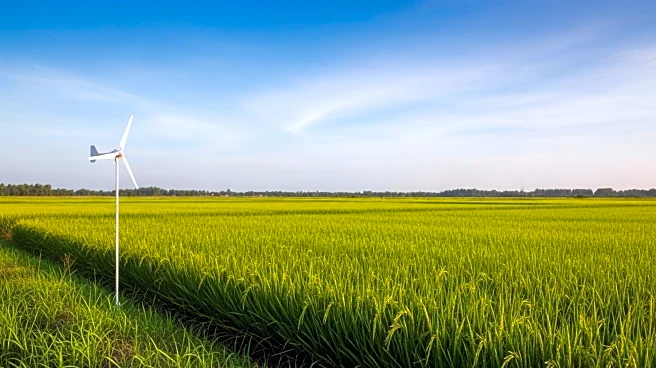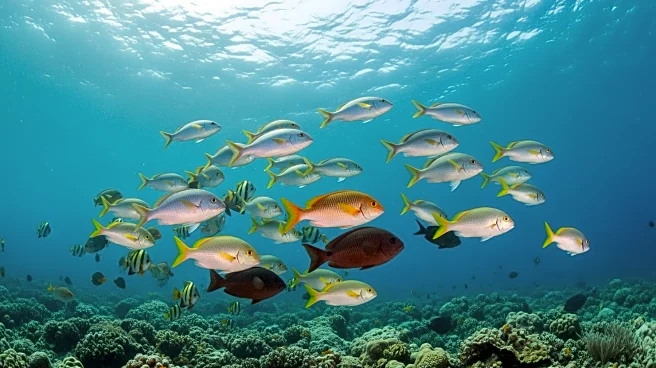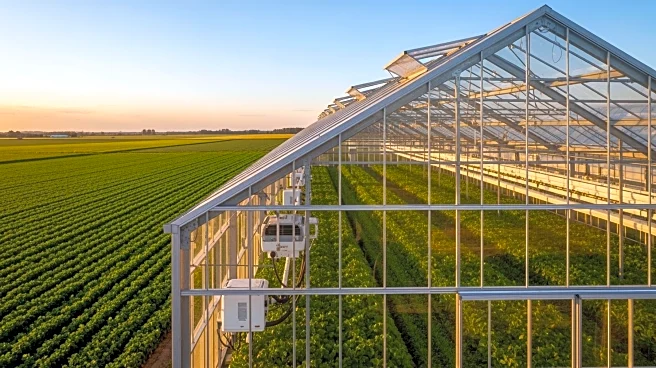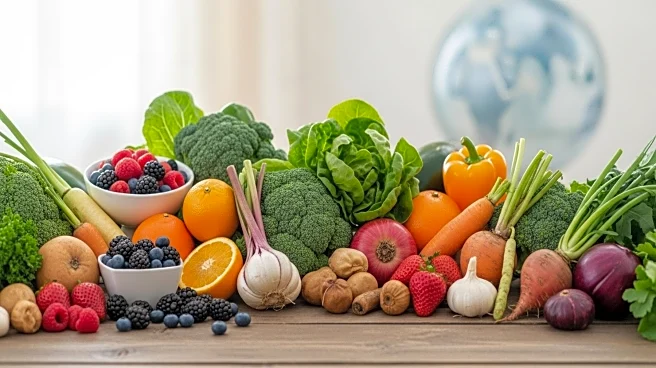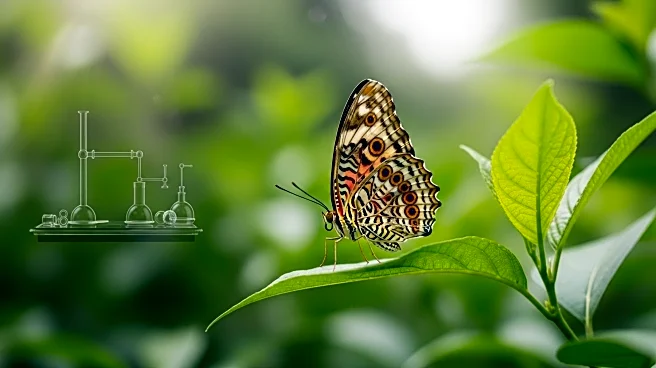What's Happening?
A recent study published in Nature Food has introduced a new metric, LIFE (Land-cover change Impacts on Future Extinctions), to assess the impact of global food production on species extinction risks. The study highlights that animal products, particularly ruminant meat, and commodities grown in tropical regions, such as coffee and cocoa, pose the highest extinction risks. The research underscores the significant ecological costs associated with agricultural choices and aims to guide future conservation and food production policies.
Why It's Important?
The findings of this study are crucial for understanding the environmental impact of dietary choices and food production. As agriculture is a leading cause of biodiversity loss, the study provides a framework for identifying which foods contribute most to extinction risks. This information can inform policy decisions and encourage shifts towards more sustainable diets, potentially reducing the ecological footprint of food consumption. The study also highlights the importance of considering the provenance of food products, as the impact varies significantly depending on the region of production.
What's Next?
The study suggests that informed dietary changes and carefully considered policies could significantly mitigate the impact of food production on biodiversity. For instance, adopting diets with reduced ruminant meat consumption could lower extinction opportunity costs. However, the authors caution against simplistic policy interpretations and emphasize the need for comprehensive approaches that consider various factors, including agricultural intensity and other environmental harms.
Beyond the Headlines
The study raises ethical considerations regarding the responsibility of countries that externalize their biodiversity impacts through imports. It also highlights the potential for dietary changes to contribute to global conservation efforts, emphasizing the interconnectedness of food systems and ecological health.


